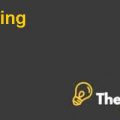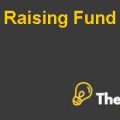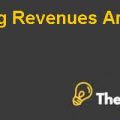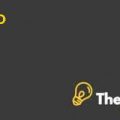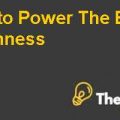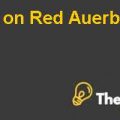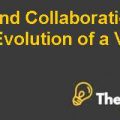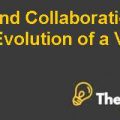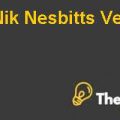
The Farm Winery Case Solution
The Farm Winery
The farm winery was a boutique 12 acre land located in West side Paso Robles. It is a small winery business and which produces and sells wine at small scale. The company has some renowned wine brands and has also received distinction from critics and magazines. The company use equity capital structure and wants no dilution of control. The company wants to be self-sustaining and requires no more capital injection from its investors (owners), whose has provided the company funds whenever needed. The company is also planning to make some new capital investment that hasan extended payback period.
An overall business and financial analysis is made as follows:
Financial (Ratio) Analysis
Profitability Ratios
Net Profit Margin
The ratio that is of prime concern of the stakeholders of the company depicts the company’s ability to generate profit after all the expenses are paid. It can be seen that the company is at High losses as the ratio is -400.8% in the year 2011. Moreover, as we move forward in the year 2012 the ratio gets significantly lowered with -14% only. The reason for that is the wine business cycle. It takes up to 2 years to make fine wine and make sales. The net profit margin ratio becomes positive in the year 2013.
Gross Profit Margin
The profitability ratio tells the company’s ability to generate profits by selling its inventory. The ratio only considers the cost of goods sold of the company. It can be seen that the company’s gross profit ratio trend is opposite of the net profit margin trend. The ratios are in positive from year one. This is because the comparison is only of the cost of sales and sales revenues. Here the ratio revolves around 30%-40%.
Operating Profit Margin
The ratio tells the percentage of the operating income from the overall revenues of the company. Here the trend is similar to the net profit margin ratio. This is because the only difference between both is the interest expense which is quiet minor. In addition to this, as we move from the year 2011 to 2013 it can be seen that the situation gets favorable. There is high cost of selling, general and administrative cost all of which related to the making of wines and other business activities.
Return on Assets
The ratio helps in identifying the company ability regarding how efficiently it is utilizing its total assets to generate profit for the company. The company is earning a negative ratio of -7.9% in the first year of operation. Moreover, as the company is moving from 2011 to 2012 the ratio gets better significantly which depicts the situation that is similar to the industry. The first two years only generate expenses as fine wine becomes saleable after two years, thus the business actually starts from at least 1.5 or 2 years after its inception.The ratio becomes positive in the year 2013.
Return on Equity
The ratio depicts the company’s ability to generate profit from the investment of the investors of the company. Here the situation is quiet similar and shows the wine business cycle, as the ratio is highly negative in year one which then gets better as time passes and in the year 2013 it becomes 1.8%. Thus, the company is earning about $1.8 by using $1 of its equity. There is efficiency in operations, but it needs improvement..................


